- The inauguration of the Z railway line is part of a larger project that seeks the socioeconomic development of southern Mexico;
- With an interoceanic route through its territory, the Mexican government aims for rail transport to become an alternative to the Panama Canal;
- In addition to the benefits and implications that its construction can bring to Mexico, the geopolitical scenario can also benefit from this new Interoceanic Corridor.
On December 22, 2023, Mexico inaugurated a new railway line that connects the two largest oceans in the world: the Pacific and the Atlantic, connecting the Port of Salina Cruz, in Oaxaca, to that of Coatzacoalcos, in the city of Veracruz.
Despite the Mexican president, Andrés Manuel López Obrador, stating at the inauguration event that they do not intend to compete with their “Panamanian brothers, as they have respect for them”, the new Z Line of the Isthmus of Tehuantepec Interoceanic Train, which will be managed by the Secretariat of Mexican Navy, promises to be a strong alternative to the Panama Canal in transporting cargo and passengers between the two oceans.
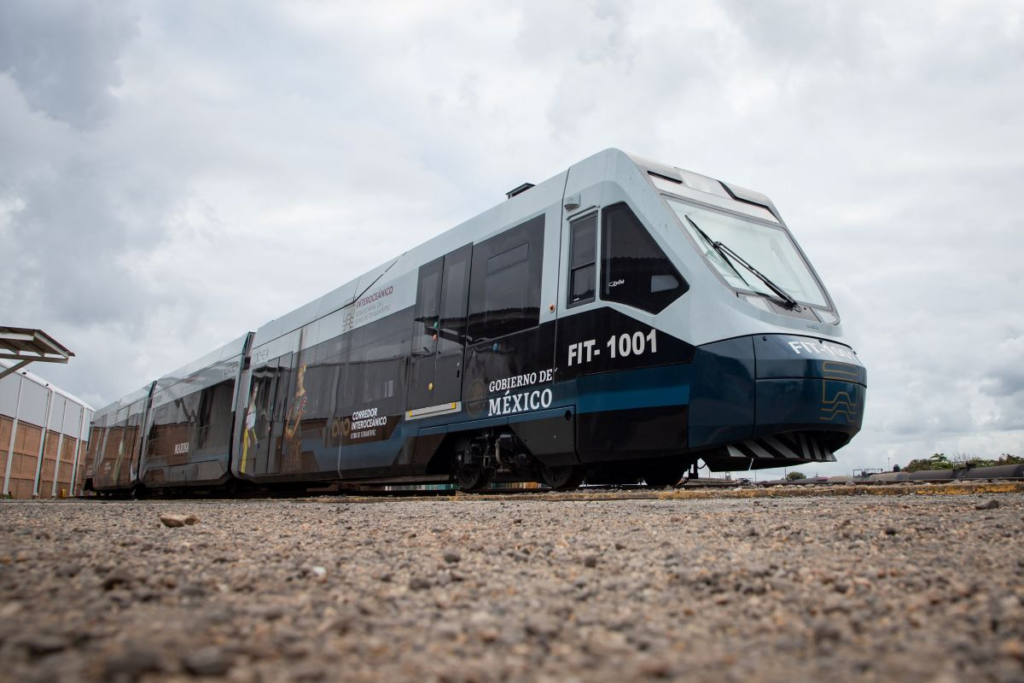
The history and importance of the classic Panama Canal and how the new Mexican Interoceanic Corridor intends to compare to it
The Mexican railway project is a big bet to compete with the Panama Canal. Also in Central America and located in the extreme south of the country, it is an artificial maritime route with the same fundamental role as the Mexican railway: connecting an ocean to the other.
After supporting Panama in its independence process from Colombia, as they had interests in building the canal in the region, the United States financed the work that lasted around 10 years and was completed and inaugurated in 1914.
Before construction, a journey between the Atlantic and the Pacific had an average of 20 thousand kilometers and lasted around 10 days as it had to pass through Cape Horn in the south of South America. With the Panamanian canal, which is around 80 kilometers long, the Crossing from one ocean to another takes between 8 and 10 hours.
In 1999, the management of the Canal became 100% Panamanian, after realizing that its construction, still under US management, had not brought economic returns to the country that the canal could potentially bring. The management transition process lasted 22 years and began with the signing of the Carter-Torrijos Treaty in 1977.
Annually, around 16,000 ships from 160 nations pass through the canal, with the toll generating around $2 billion in revenue. The sea route can be considered one of the main factors for the increase in trade relations between Asian and American countries, reducing the geographic distance between them between China and the east of the USA, facilitating the transport of products.
Thus, the Panama Canal can be considered the only efficient transport route between the two largest oceans. Furthermore, the Mexican government comes up with its railway project with the potential to be an alternative to the sovereignty of the Panamanian canal, consequently bringing socioeconomic developments to its country with the collection of funds from interoceanic transport, job creation and connectivity.
What is Mexico’s new Interoceanic Railway Line and what is its role in the socioeconomic project of restructuring the Intercontinental Corridor
The Z Line opened at the end of December 2023 is just one of the key pieces for a larger project of the current López Obrador government, the restructuring of the Interoceanic Corridor, which was first inaugurated by Porfírio Díaz in 1907 to transport goods from the Pacific to the coast eastern United States.
However, after crises in the Mexican Isthmus, a narrower strip of land that connects two larger territories, the region’s social and economic development declined and the Corridor fell into disuse with the opening of the Panama Canal in 1914.
In addition to Line Z, the route in total will have two more lines, K and FA. With a range of around 227 kilometers, Line Z provides for one trip per day, lasting 7 hours and passing through eight stations along the route. For passengers, the initial capacity is 400 people, divided into tourist, executive and managerial categories.
The already opened route passes through the following Mexican cities, located in two states:
- Coatzacoalcos (Veracruz)
- Jaltipan de Morelos (Veracruz)
- Medias Aguas (Veracruz)
- Jesus Carranza (Veracruz)
- Donají (Oaxaca)
- Mogoñé (Oaxaca)
- Matías Romero (Oaxaca)
- Chivela (Oaxaca)
- Ixtepec (Oaxaca)
- Salina Cruz (Oaxaca)
Below is a simplified map of the Z railway route, highlighted in yellow:

Through this Mexican rail project, the government expects that, by 2028, 300,000 containers will be transported. Thus, the railway network would be strong not only in transporting passengers and tourists, but also cargo.
Alongside the Maya Train, a tourist line inaugurated on December 18 of the same year, the project aims to bring economic and social growth to southern Mexico, which has a history of poverty.
In an interview with AFP, Ernesto Stein, from Mexico’s Inter-American Development Bank (IDB), said that the region’s agricultural potential could become an agro-industrial hub through railway lines, reducing the region’s economic disparity with the rest of the country.
What are the benefits and problems that the construction of the Mexican Interoceanic Railway Line can bring to its own territory
Not only the south of the country, but the entire Mexican territory can benefit from the railway network, mainly through the economic growth predicted by the government for the south of the country.
Breaking it down, some of the greatest benefits for both Mexican territory and the countries that use the Pacific – Atlantic route can be identified as:
- Connectivity: which is one of the most important pillars in geopolitics. Whether roads, railways or even virtual connectivity is essential for countries to create ties and build bases to grow/evolve economically for their economic growth;
- Investment in infrastructure: boosts economic growth by attracting the attention of other companies that may be interested in investing in the country;
- Job creation: with the development and construction of railway lines, new jobs are created for the population;
- Economic growth: as a consequence of the previous topics, the Interoceanic Corridor project can bring economic prosperity to Mexico.
- Drought in the Panama Canal: the drought that began in 2023 causes damage to the market and commerce. These changes in the sea level may become more frequent, being aggravated by climate change, reducing effectiveness and causing many ships to have to wait weeks to cross from one ocean to another. In this way, the Mexican train can benefit those companies that are dependent on the Panamanian canal.
However, such a large investment by Mexico can also bring certain problems and implications for its development. Some of them are:
- Environmental problems: the construction and development of railways can cause several problems in the environment, the main ones being deforestation, changes in the soil and imbalance of local fauna.
In September 2023, for example, the tourist Trem Maia – also part of the project to strengthen Mexican rail transport, as well as the Z Line, opened at the end of the same year – made its first trip in the country, traveling through five states in the south of Mexico. country. Many environmental activists denounced the work, which lasted four years after being stopped and resumed by court decisions, for harming forests, underground rivers and local animals.
- Long time spent relocating containers: this logistical problem of removing products from ships, transferring them to the train and taking them back to ships again can become an obstacle for companies that want greater practicality in their transportation. Despite this, a train journey can be much faster than a ship journey, depending on the departure location and the destination of the transported products.
- US production hub de-risking China: with the proximity between Mexico and the United States, the North American country may prefer to concentrate its exports and imports through Mexican territory, which becomes a potential US production hub.
With North American potential in the country, trade relations between Mexico and China, which have grown significantly over the decades with several Chinese companies operating in the country, could suffer tensions.
Chinese de-risking is a way that the United States found to try to reduce the geopolitical risk of high American dependence on the Chinese economy. This strategy also aims to slow the growth of the Asian country, especially in the technology industry. This would also be a form of decoupling, which could affect China in its objectives of surpassing the North American country.
The strengthening of an American production hub in Mexico can strengthen de-risking, considering that there are Chinese companies operating on Mexican soil. However, at the same time, the new Interoceanic line helps in the process of de-risking the USA towards Mexico, which is eventually extremely beneficial to the country as a whole, bringing billions of dollars in investments and jobs.
What is the geopolitical importance of a new connection between the two largest oceans?
In addition to the benefits and implications that the construction and development of the interoceanic railway line can bring to Mexico itself, mentioned above, its creation also has geopolitical consequences for the form of transport and trade, mainly between Asian and American countries.
The creation of the railway line represents another essential alternative to the Panama Canal, which previously did not exist, for large companies to transport their products from the Pacific to the Atlantic efficiently.
Furthermore, the Panama Canal is an unstable route that can go through periods of recurring floods or droughts in which the number of ships crossing need to decrease or end up stuck in line, having to wait weeks before they can cross from one side to the other.
The market and commerce are directly affected by these inconsistencies, suffering losses in the supply chain and low stock, with consequent high costs and inflation of products transported by the route, causing problems for large companies that need the route and consumers themselves.
With the rail alternative built by Mexico, companies and countries will not entirely need the Panamanian canal, and will be able to opt for the Mexican overland route in certain periods.
In short, not only Mexico will benefit from the railway line with potential socioeconomic improvements in its territory, but also the geopolitical scenario and especially companies that constantly need to transport their products from the Pacific to the Atlantic or vice versa and are always looking for more efficient ways of do it.
Considering all factors, Mexico’s Interoceanic Corridor project may have the capacity to prosper and rival the historic Panama Canal. Generally, more connectivity and transport alternatives are always beneficial to local communities and the global economy as a whole. The more, the better.
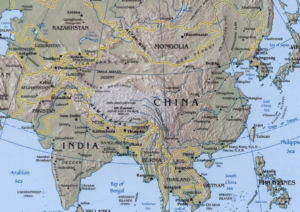





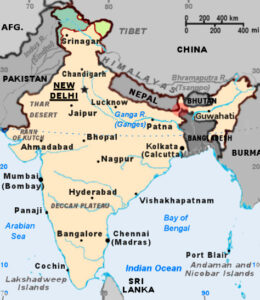
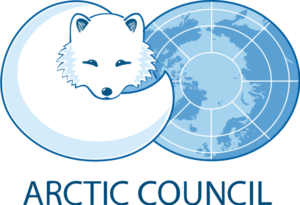

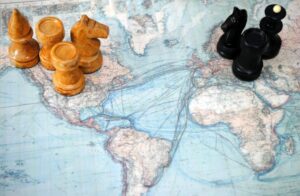


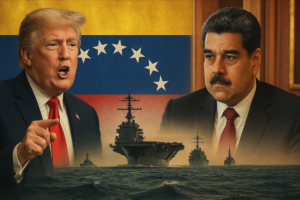




[…] Middle Corridor, a rail-sea-rail corridor from Central Asia to Europe via the Caspian Sea, and an interoceanic corridor in Mexico, which provides rail bridging between the Atlantic and the Pacific […]